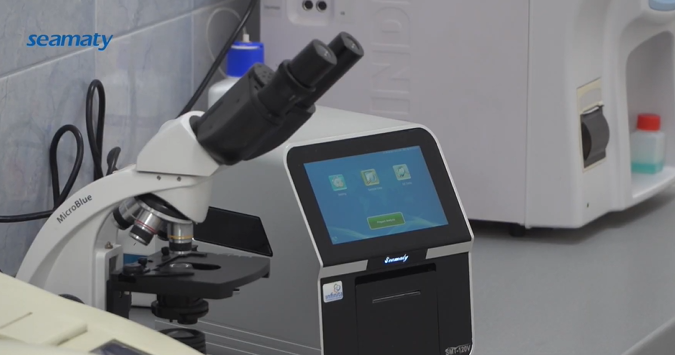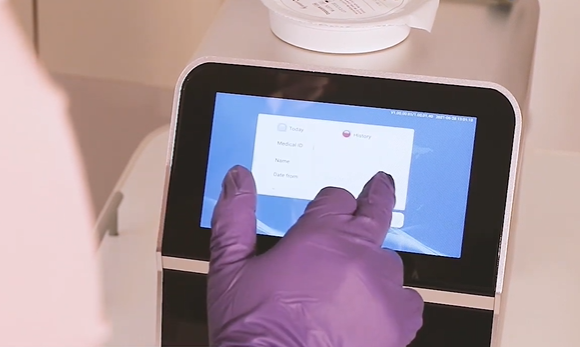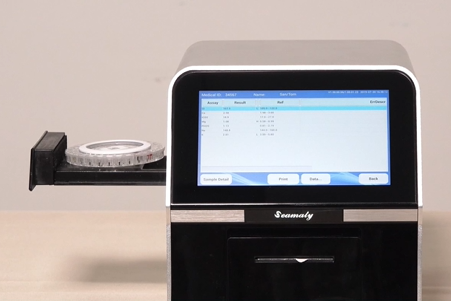release time:2021-09-07 10:19:55
They measure the chemical reactions of each sample to be tested with reagents after mixing the same items. They are done in the same tube by a flow process.
3. Centrifugal biochemistry machine


2022-09-01
The development of POCT is driven by the rising demand for clinical testing. Although traditional testing methods can meet the requirements of clinical testing in terms of test specimen volume, automated operation, accuracy of results, performance stability, etc.. However, they are unable to meet the requirements in terms of portability, testing speed, and complexity of the testing process. In the family health management and primary care institutions testing, large medical testing equipment is difficult to spread. We took the hospital market as an example and sorted out the demand for POCT products in some hospital departments.

2021-12-27
Routine blood tests, blood biochemical tests, fecal tests, urine tests, skin tests, etc. are the main items of laboratory tests in animal hospitals at present.

2021-10-09
When the biochemical analyzer contains a component in the reaction solution. Or the absorption peak of the component to be measured in the mixed reaction solution, there is no overlap with the absorption wavelength of other co-existing substances. Single wavelength can be selected.